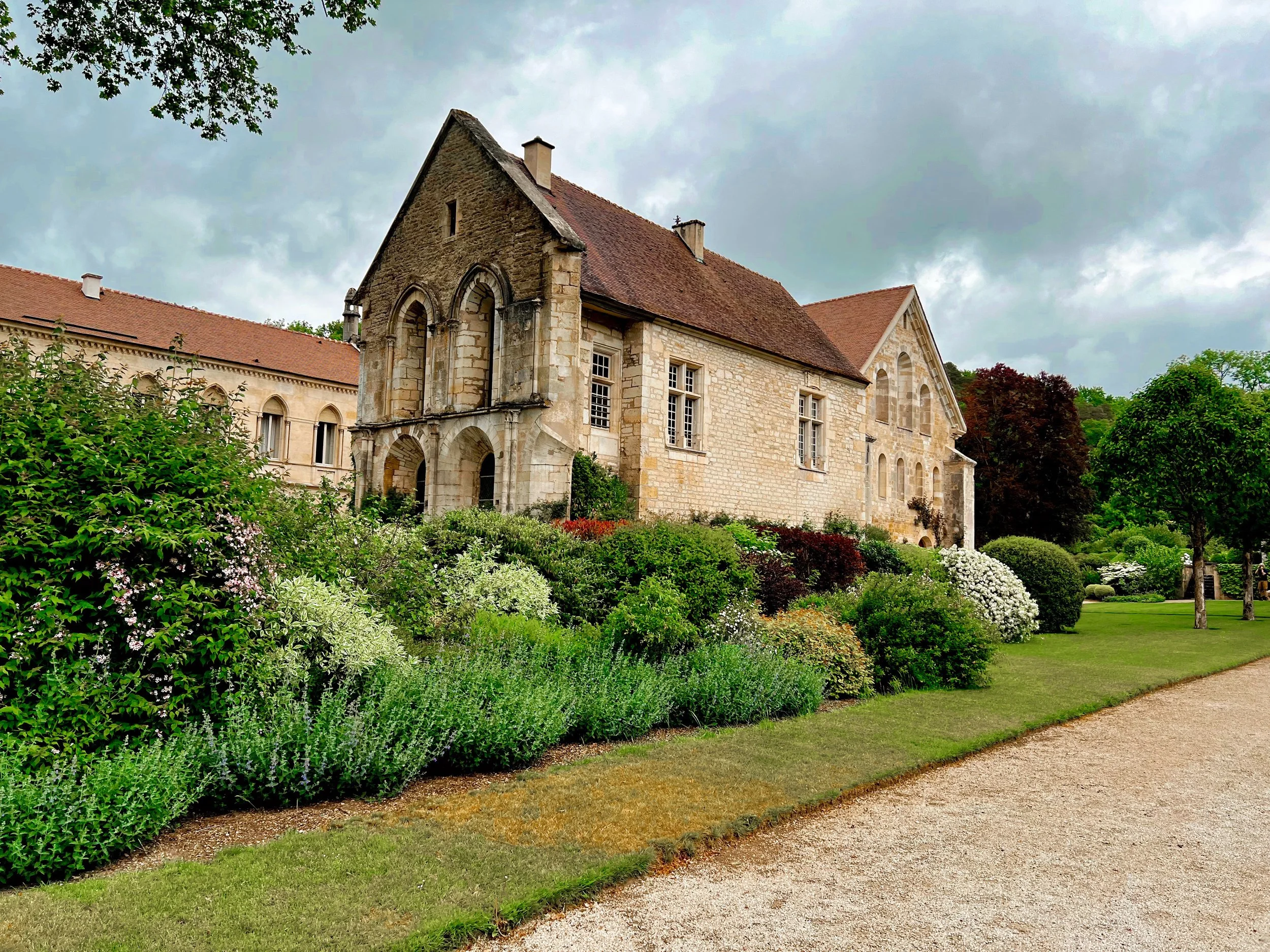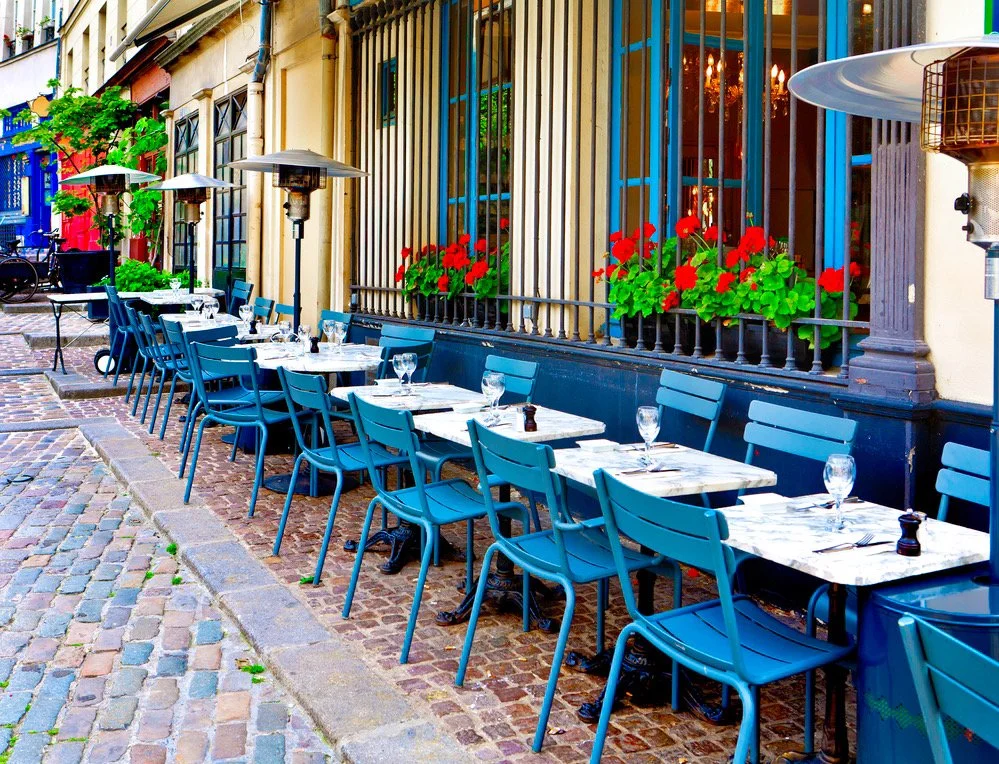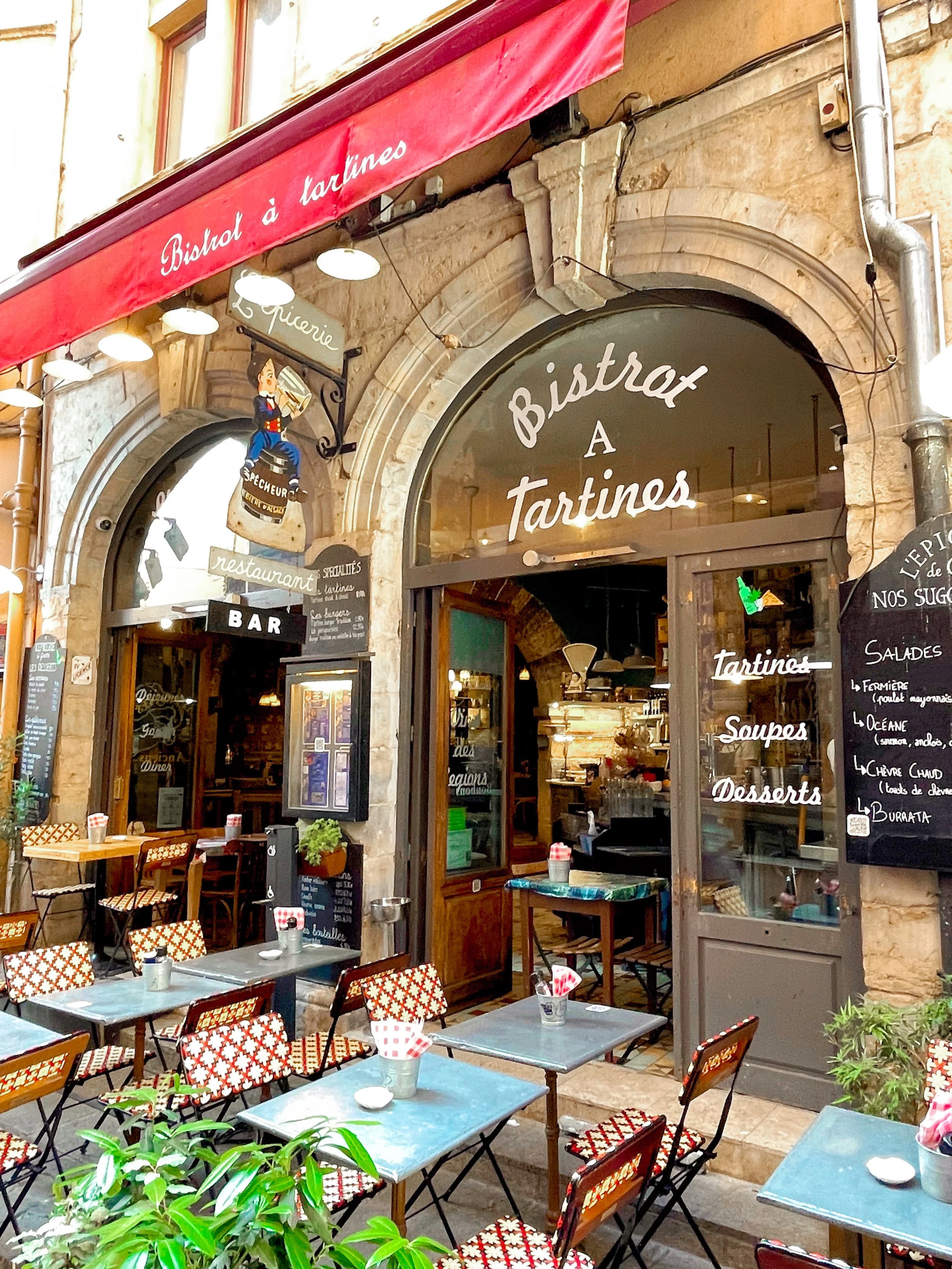How to Have a Fantastic First Trip to Europe
I love reading trip reports. There are thousands of trip reports out there, and they are easy to find, either on blogs, Facebook, or Instagram. I get a lot of great information from them–some I actually use on my trips.
Sometimes, though, I run across trip reports that make me cringe–usually written by people who spent their entire trip running from place to place in order to tick the “main sights” off of their bucket list, coming home exhausted and never really interacting with the culture.
Recently, I read a trip report from two women “of a certain age” who planned a trip to Italy–their first time in Europe!–but abandoned their trip early because they “just weren’t feeling it.” They had had enough of the many “obstacles” (their word) they encountered and couldn’t wait to get back home where things were comfortable. So they left. Italy! Early! And they said they most likely wouldn’t be back.
The whole post made me sad because this could have been avoided. I don’t know how many trip reports, guide books, or websites they read before they left, but just an hour or two on Trip Advisor would have set them on a course for success.
Europe is filled with beautiful architecture, historical riches, and spiritually significant places, not to mention the gorgeous landscapes. I want your first trip to Europe to be amazing, so I’ve written a list of things you can do to ensure things go as smoothly as possible.
Don’t Overpack
I cannot stress this enough, which is why I put it first on the list. Of course you’re excited about your trip, and of course you want to look your best–that’s part of the fun of the trip, planning your outfits. But the temptation to throw in that extra pair of shoes or bulky sweater “just in case” will soon result in bringing way too much stuff that you will probably never need.
Most of the time, I only bring a carryon bag, even for two weeks in Europe. Yes, it can be done!
Here’s the thing. Many streets in European cities are very old and often made of cobblestones. Most trains and cabs will have either a large step or a gap between the platform and the train. A lot of hotels don’t have lifts (elevators). Any of these scenarios will be much easier to navigate with a carryon bag versus a larger suitcase.
Furthermore, if you plan to use trains for the majority of your transportation, you will need to be able to lift your bag, either over your seat or into a suitcase compartment. (Please do not expect someone else to lift your bag for you!) Make sure, before you even leave your house, that you can lift your suitcase. If you can’t, take things out or prepare to pay a porter.
Research! Research! Research!
Location
When choosing the destination for your first trip to Europe, don’t choose some out-of-the-way location that’s hard to get to or that you know very little about. There’s a reason why the main sights are so popular—they are easy to get to, in larger cities, and definitely worth seeing—so go see those first. Once you’re a little more seasoned, you’ll naturally want to venture further afield, but don’t do that on your first trip. For a first trip to any country, stick to the main tourist sights. And if you want to go off the beaten path, hire a guide.
Weather
Check the weather forecast. Such an easy thing to do, but you’d be surprised how many people don’t do it. By checking the weather, you might find you won’t need that extra sweatshirt that takes up so much room in your suitcase. (See #1) Or you might decide to throw in a packable raincoat. Just make sure you keep an eye on the 10-day forecast so you know what to pack . . . and what to leave out.
Transportation
Know your transportation options. Doing just a little research will tell you that, for instance, you need a car to see the Cotswolds because very few trains go there. Doing some research on transportation will tell you how to use the bus, the train, or whether an Uber or Taxi is the best way to get from the airport into the city. (I like Rome2Rio for this.) Public transportation in Europe is very common, and it’s not something to be feared—you just have to know how to use it. Doing some research ahead of time will set you up for success.
Pro tip: Check out this video on how to take the train in Italy.
Accommodations
Finally, research the best places to stay. Using Airbnb or VRBO is great in some situations, but be sure to check the reviews. If a place doesn’t have any reviews yet, scroll on by. I’ve made the mistake of renting a place with no reviews and it was not a good experience. Also, make sure you check the cancellation policy on any place you’ll be staying. Again, learn from my (very costly) mistake and be 100% sure about the cancellation policy before agreeing to stay anywhere.
So where should you get your information? As many places as possible. Talk to friends who have been to Europe before. Read travel blogs (like this one!). Follow travel accounts on Instagram and Facebook. Read books or websites that are dedicated to the places you want to see. I find lots of good information on Trip Advisor, Rick Steves, and Frommers. And listen to travel podcasts. You’d be amazed at how much free information is out there!
Learn a Little Language
Before you head overseas, make sure to learn a few key phrases in the language of the country you’ll be visiting. In France, for example, it’s considered very poor form to begin a conversation with English. You’d be surprised at how far a simple bonjour will go. And while you’re at it, practice saying merci (thank you) and au voir (good bye). Even if this is all you know, saying these three phrases will be so much better than starting a conversation with a “Hi, Sweetie!”
[Pro tip: In France, it is customary and polite to greet a shopkeeper, restaurant host/waiter, or basically anyone with bonjour. To not greet someone in French, especially when you enter a store, is considered quite rude.]
Make a plan, but be flexible
Plan at least one, sometimes two, activities for each day of your trip. That way, your day has a purpose and you won’t end up just wandering around, expecting the fun to come to you. Some of the worst moments of some of my trips have been when I didn’t have a plan. Without a plan, people tend to get bored, discouraged, or even frustrated. If you’re the leader-type, like me, just go ahead, take the reins and make the plan. Everyone else in your group will thank you for it. Trust me.
Simply wandering all day is not a plan. Wandering is great; I love wandering . . . when I’m by myself. But my husband does not understand the purpose of wandering. Instead, he prefers when I tell him, “We’re going to go to this museum this morning. The afternoon is free to do whatever we want, but here are some options.” (Options are kind of like plans, and they help him have a framework for his day, which he likes.)
That said, leave room for flexibility. Maybe you walk past a coffee shop that everyone online is talking about. Take 30 minutes to stop for coffee. Or maybe you find you’re near a museum you’d like to visit and you just happen to have a couple of spare hours. Go on in! Or maybe you’re tired and just want to spend an hour on a park bench and you end up having a great conversation with someone. Leave room for the unexpected–you never know what might happen.
Don’t Expect Europe to Be Like America
I know this sounds crazy, but it’s amazing to me the things people seem to expect when they travel abroad.
When you are at home, you may expect ice in your drink. Europeans don’t value ice the way Americans do, so many restaurants do not serve it. Please don’t be offended or make a fuss about ice.
You may also be accustomed to having air conditioning at home. Not so much in Europe. Many places don’t have a/c–it’s just too expensive to install and to run. (Did you know that electricity in Europe is vastly more expensive than ours?) If a/c is a priority for you, check to make sure your hotel or Airbnb has it before you book.
Americans eat much earlier than Europeans do. Oftentimes, dinner doesn’t start until 7:30 or 8:00 p.m. in Europe. In Spain, it’s even later–dinner isn’t served until 10:00 p.m. That’s why they have an apero or aperitif hour earlier in the evening where you can grab a snack if you need one. Again, it’s not a matter of right or wrong–it’s just different. Plan to adapt.
Think about why you’re going to another country. Hopefully it’s to learn something, to experience a different culture, and to interact with people who may be different from you. And hopefully it’s NOT to recreate your own version of America in another country.
Look for the God moments
On every trip I’ve taken, since my first trip to Europe in 1984, I’ve had moments when God reminds me that I’m not alone, that he is with me. I’m surprised every time, but also delighted. Now, when I travel, I try to open my eyes, ears, and heart to those unexpected moments when God shows me that he is near and at work in this great big world he has made.
Before you even venture overseas, make sure you pray that God would go with you and that he would reveal himself to you while you’re away from home. Pray that he would show you something about himself, too. Being out in God’s big world gives you a much deeper sense of who He is. And this, in my opinion, is one of the great benefits of travel.
A final word
I know from years of experience that a successful trip to Europe takes hours and hours (and hours!) of planning before you ever set foot on a plane. By doing the work ahead of time and following these simple tips, you can have a fantastic first trip to Europe.
And if you’re not sure if your itinerary works, ask people! TripAdvisor forums are great for this, as are Facebook travel groups.
But if you need help with your planning and just don’t want to do it yourself, I can help. I offer itinerary planning services to many European destinations. I can also review your itinerary if you just want someone to tell you if what you’ve planned actually works or not. Simply get in touch by leaving me a note right here.









